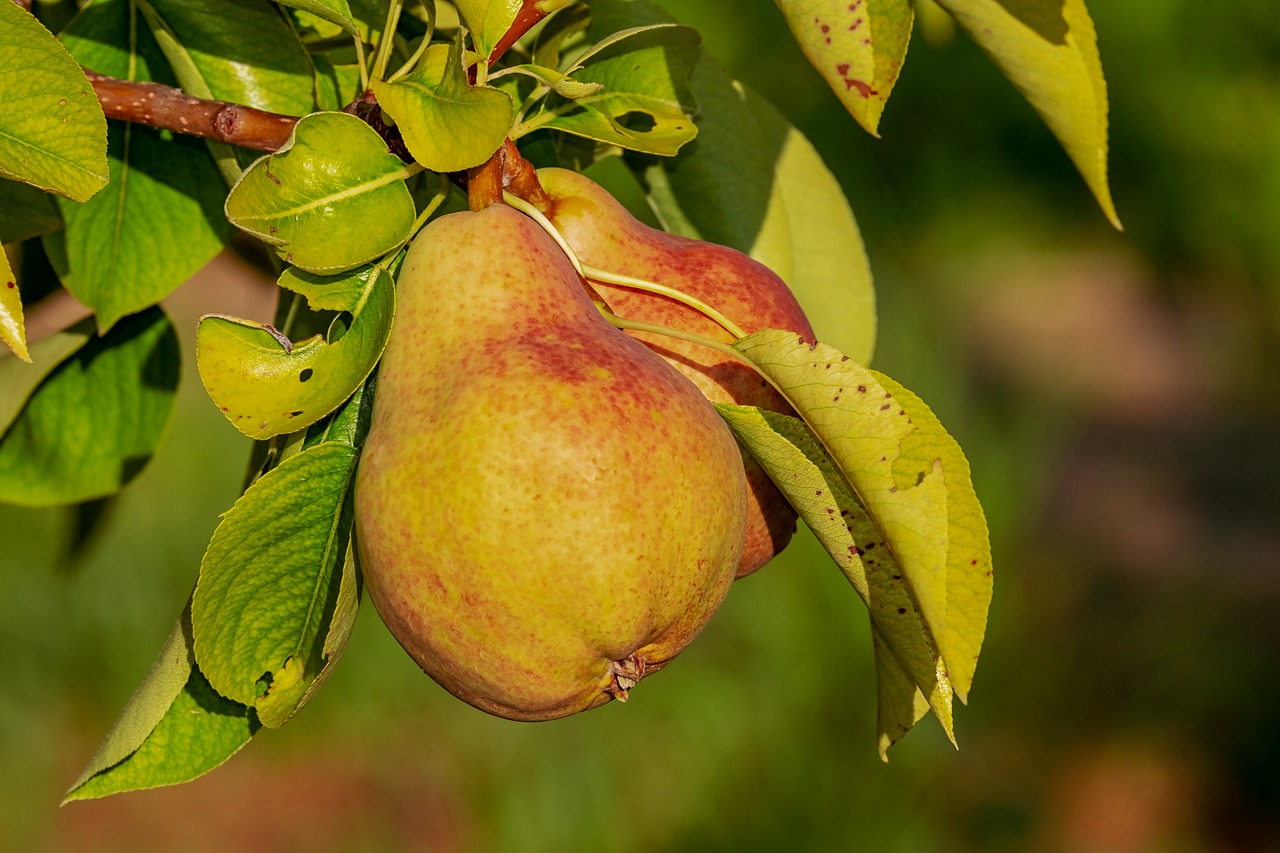
What Italian Fruits Are Common To Find In Italy
Similar to most Mediterranean nations, Italian cuisine centers around using fresh and high-quality ingredients. Italian dishes commonly incorporate locally sourced olive oils, fresh fish, delectable cheeses, as well as a variety of homegrown fruits and vegetables.
Italian soil benefits from the presence of numerous active and inactive volcanoes, making it exceptionally fertile. This fertility leads to abundant and superior quality produce harvests. Among the prevalent Italian fruits are tomatoes, citrus fruits, and cherries. Additionally, the majority of the produce available in local grocery stores is cultivated domestically, a fact that fills Italians with pride regarding the exceptional standard of their crops.
Italy’s culinary influence extends far beyond its borders, as it is a significant exporter of food, and for good reason. Many well-known fruits and vegetables have their origins in Italy and are now enjoyed worldwide. Carrots, grapes, broccoli, and olives are just a few examples of these widespread Italian contributions to global cuisine.
Italians have a deep appreciation for citrus fruits, incorporating them into various dishes, desserts, and drinks. From limoncello to pasta al Limone, citrus fruits hold a special place in Italian culinary culture. To truly experience the essence of Italy’s natural flavors, one should not miss the opportunity to savor classic desserts made from locally grown fruits or indulge in the delightful range of Italian cocktails and aperitifs.
9 Italian Fruits For You To Try
| ???? FRUIT | ???????? ITALIAN NAME |
|---|---|
| ???? Sicilian Prickly Pears | Ficodindia |
| ???? Amarena Cherries | Amarena |
| ???? Oranges of Ribera | Arancia di Ribera |
| ????Sicilian Red Oranges | Arancia Rossa di Sicilia |
| ???? White Figs | Fico Bianco |
| ???? Italian Peaches | Pesca |
| ???? Amalfi Lemons, Sicilian Lemons, Etna Lemons | Limone |
| ???? Pomegranate Apples | Melograno |
| ???? Quince | Mela cotogna |